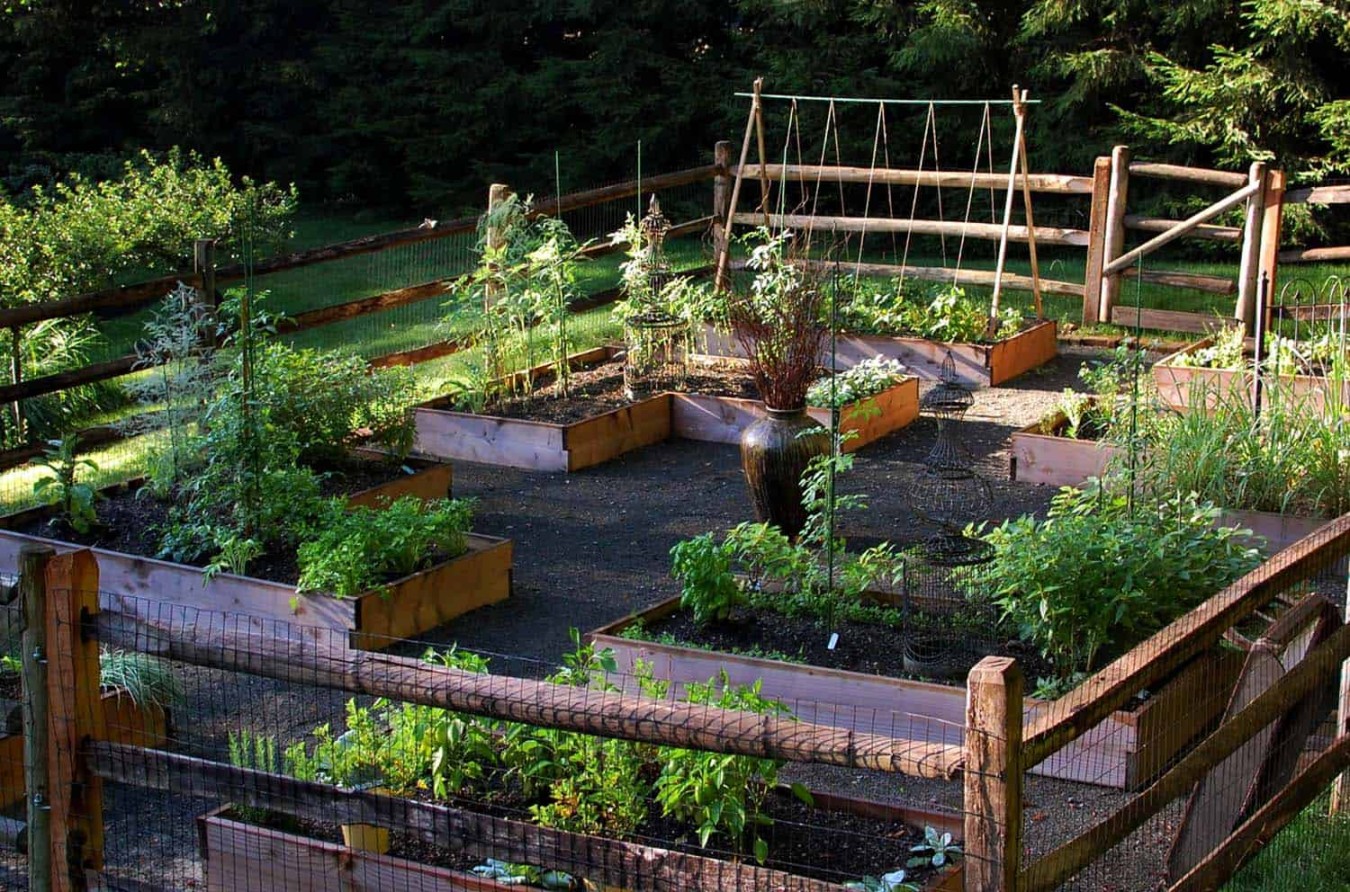Raised Veggie Garden Beds: A Guide to Elevated Gardening
Raised garden beds have gained significant popularity among home gardeners. They offer numerous advantages over traditional ground-level gardening, making them an excellent choice for various gardening enthusiasts.
One of the primary benefits of raised garden beds is improved soil quality. By filling the beds with high-quality soil, gardeners can create an ideal growing environment for their plants. This rich soil allows for better drainage, aeration, and nutrient retention, leading to healthier and more productive plants.
Another advantage of raised beds is earlier planting. As the soil in raised beds warms up faster in the spring, gardeners can start planting their seeds and seedlings earlier in the season. This can result in an earlier harvest and extended growing season.
Raised garden beds also offer better weed control. By creating a raised planting area, weeds have a more difficult time germinating and spreading. This reduces the amount of time and effort required for weeding, making gardening more enjoyable.
Furthermore, raised beds are accessible to people of all ages and abilities. The elevated planting surface makes it easier to tend to plants without bending or kneeling, reducing physical strain and discomfort.
To create a raised garden bed, you will need a few essential materials:
Wood: Cedar, redwood, or pressure-treated lumber are popular choices for building raised beds.
Once you have gathered your materials, you can follow these steps to build your raised bed:
1. Choose a location: Select a sunny spot in your yard that receives at least six hours of sunlight per day.
2. Plan the size: Determine the size of your raised bed based on your space and gardening needs.
3. Build the frame: Construct the frame of your raised bed using the chosen wood and tools.
4. Add soil: Fill the bed with high-quality soil, leaving a few inches of space at the top.
5. Plant your crops: Plant your favorite vegetables, herbs, or flowers in the prepared soil.
To maintain healthy and productive raised garden beds, consider these tips:
Regular watering: Water your plants regularly, especially during dry periods.
Raised garden beds offer a versatile and efficient way to grow a variety of plants. By following these guidelines, you can create beautiful and productive raised beds that will enhance your gardening experience.

